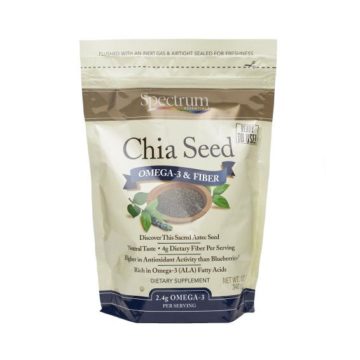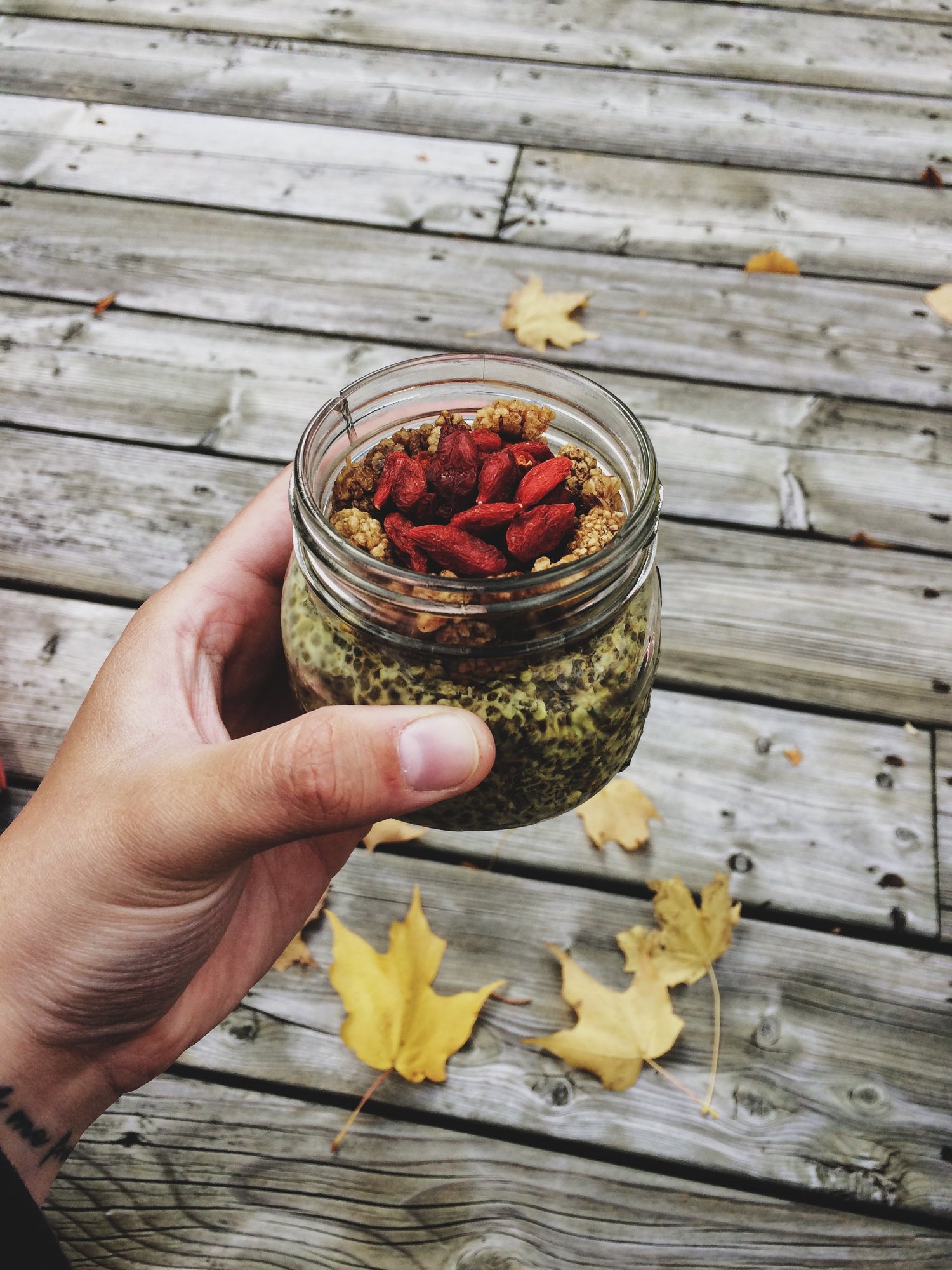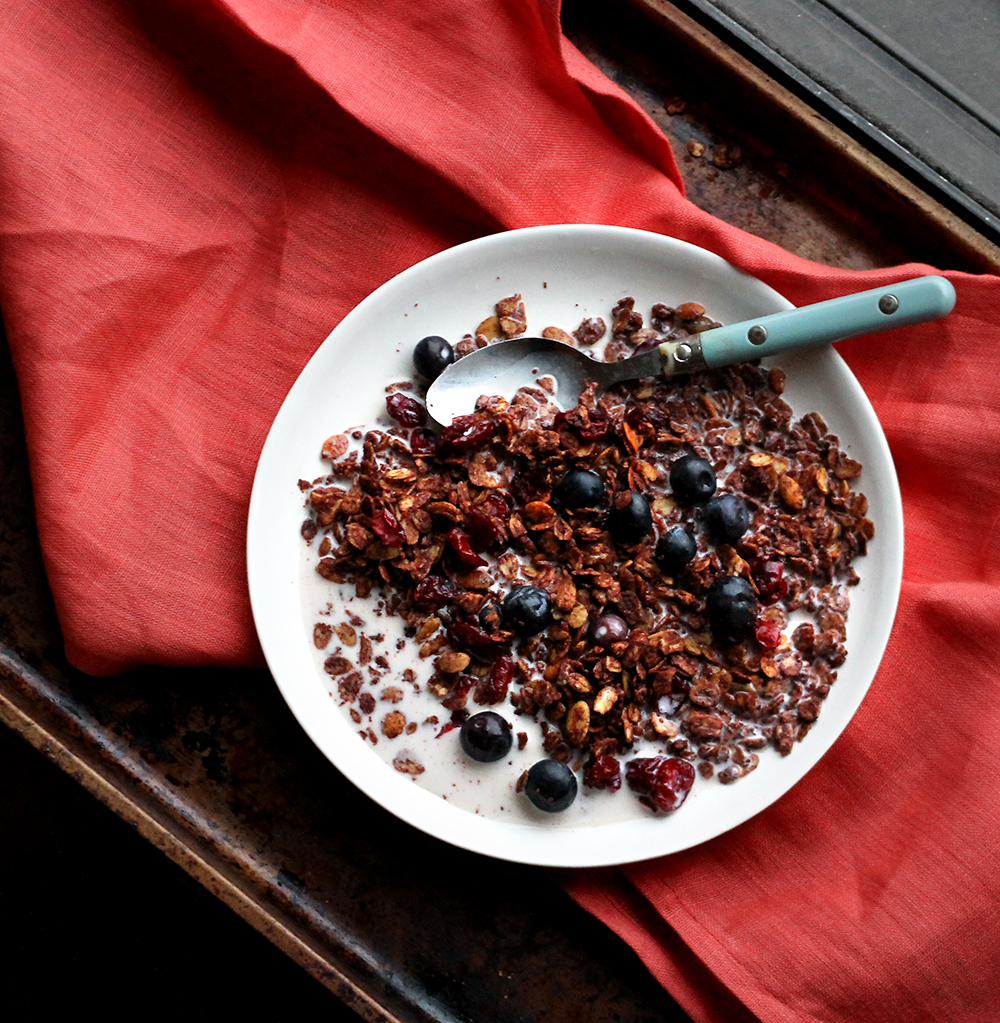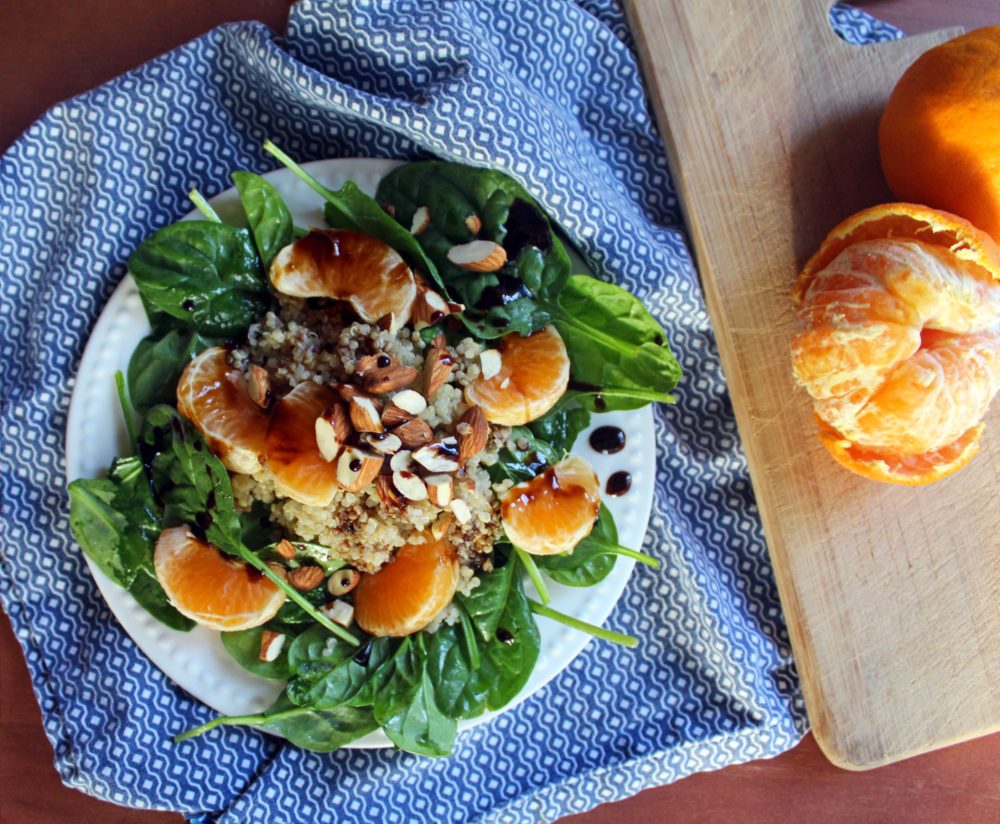
It was summer. It was humid. I was mostly damp, it being late evening and my being on my way home from a post-work event after a long day at the office. “Mostly” because while it seemed impossible that the heat hadn’t opened every possible pore in my body to cool itself, my eyes were incredibly dry–so dry I contemplated peeling my contacts off my eyeballs right there on the sidewalk and taking my chances navigating home with a -3.50 prescription.
I know I’m not alone in suffering from dry eyes: our modern lifestyle of constantly squinting to read tiny, backlit screens from the moment we wake until we collapse into bed, and having little time outside has made for an epidemic of sorts. My suffering started around two years ago when I suddenly couldn’t wear my contacts for the 16+ hours the way I used to during school and college (love those 9-11 dance rehearsals). My work as a book editor didn’t help matters–I was reading almost all day long, even in my spare time–but my eye doctor never seemed overly concerned, blaming dryness on the computer use, allergies, and lots of other external factors. I tried drops of all kinds and soon became addicted to Systane–I stashed little vials at my desk, in my apartment, in my purse, and even in my parents’ bathroom at their house in New Jersey (just in case I forgot mine when I visited for the occasional long weekend or holiday).
When I went for my yearly eye exam a few weeks ago, though, and described my constant dryness again–burning and itching and blurring that could be quenched with a few drops of liquid but only temporarily, I was surprised to hear a different solution that I’d always expected to be true: maybe the problem was coming from inside. As we know, so much of what we experience in terms of pain and discomfort in our physical and mental states can be traced back to our inner states, especially our diets. My eye doctor asked me how much water I drink a day (lots) but also reminded me of the way that fat and water are both needed as sources of internal hydration. He then asked about my intake of omega-3 fatty acids in particular, a type of fat that is responsible for deep hydration and water retention (the good kind, not the cankle-making kind). Fish oil was a great source, he said–but alas a no-go for me. “Well, check out what Google says when you get home,” he said, encouraging me to find a plant-based source. “I think chia seeds are good.”
I really hate have never found a way that I’ve loved to incorporate chia seeds into my diet. I tried the pudding, and it came out bland and loose; smoothies are okay, but not great for my digestion especially in colder months; and replacing something I love like almond or peanut butter in oatmeal with these little, tasteless seeds never really appealed. But determined to save my sight, I gave the seeds–and some other omega-3s–a try.

Spectrum Chia seeds available from Thrive Market
For a week, I worked to add just one serving of omega-3-rich foods into my diet. There are, as you might expect, lots of vegan options available, including hemp seeds, flax seeds, and walnuts (and their respective oils); avocado; soybeans; and dark greens like seaweed and spinach. The thing to keep in mind is the ratio of omega-3 to omega-6 in any given food or supplement. This is because two major beneficial fatty acids in omega-3s, DHA and EPA, aren’t found in many vegan sources (they’re mostly in fish). Plus, omega-6 can actually block the conversion of omega-3s into DHA and EPA, which means that omega-3 should always win out in your fatty-acid balance. Here are some stats on foods that have a good ratio of 6:3:
| Food | n-6:n-3 ratio | ALA |
| flaxseeds | 1:4 | 1.6 g / tablespoon |
| flaxseed oil | 1:4 | 2.5 g / teaspoon |
| chia seeds | 1:3 | 5 g / oz |
| camelina oil | 1:2 | |
| canola oil | 2:1 | 1.3 g / tablespoon |
| English walnuts | 4:1 – 5:1 | 2.6 g / oz (14 halves) |
| walnut oil | 5:1 | 1.4 g / tablespoon |
| soybean oil | 7.5:1 | .9 g / tablespoon |
| black walnuts | 10:1 | .9 g / oz |
During my seven-day experiment, I went from using drops in my eyes 3 times a day to just 1 (and that last day I was particularly sleep-deprived). Some of my favorite ways to sneakily fold in these new ingredients include:
- Chia butter: Mix 1/2 tablespoon peanut butter with 1 tablespoon chia seeds and splash of milk. A delicious spread for a bagel or toast, bursting with crunch and texture.
- Overnight oats: Add 1/2 tablespoon of chia seeds and 1 tablespoon flax seeds to your favorite overnight oats recipe plus an additional 1/4 cup water or milk (the seeds soak up the liquid fast!). See this delicious take on overnight oats.

- Granola: In my latest batch of granola, I tossed in 2 tablespoons of chia seeds and replaced my usual almonds with walnuts. Try adding chia seeds to this delicious recipe for Holiday Chocolate Peppermint Granola.

- Winter citrus salad: I tossed spinach with chunks of grapefruit, baked sweet potato, and baked tofu, and topped with a sprinkle of hemp seeds, and a miso-tahini dressing. See also: Orange and Quinoa Spinach Salad, and swap the toasted almonds in this recipe for chia seeds.

Will you try saving your eyes with omega-3s?
(And send your favorite chia recipes!)
Also by Jennifer: How Much Caffeine Are You Drinking?
Related: 5 Tips for Your Eye Health
Beauty Secrets for Youthful Eyes
Get more like this—Subscribe to our daily inspirational newsletter for exclusive content!
__
Photos: Adrian Owen via Unsplash, Jennifer Kurdyla, Jacalyn Beales, Peaceful Dumpling, Mary Hood Luttrell; Table adapted from Vegan Health




